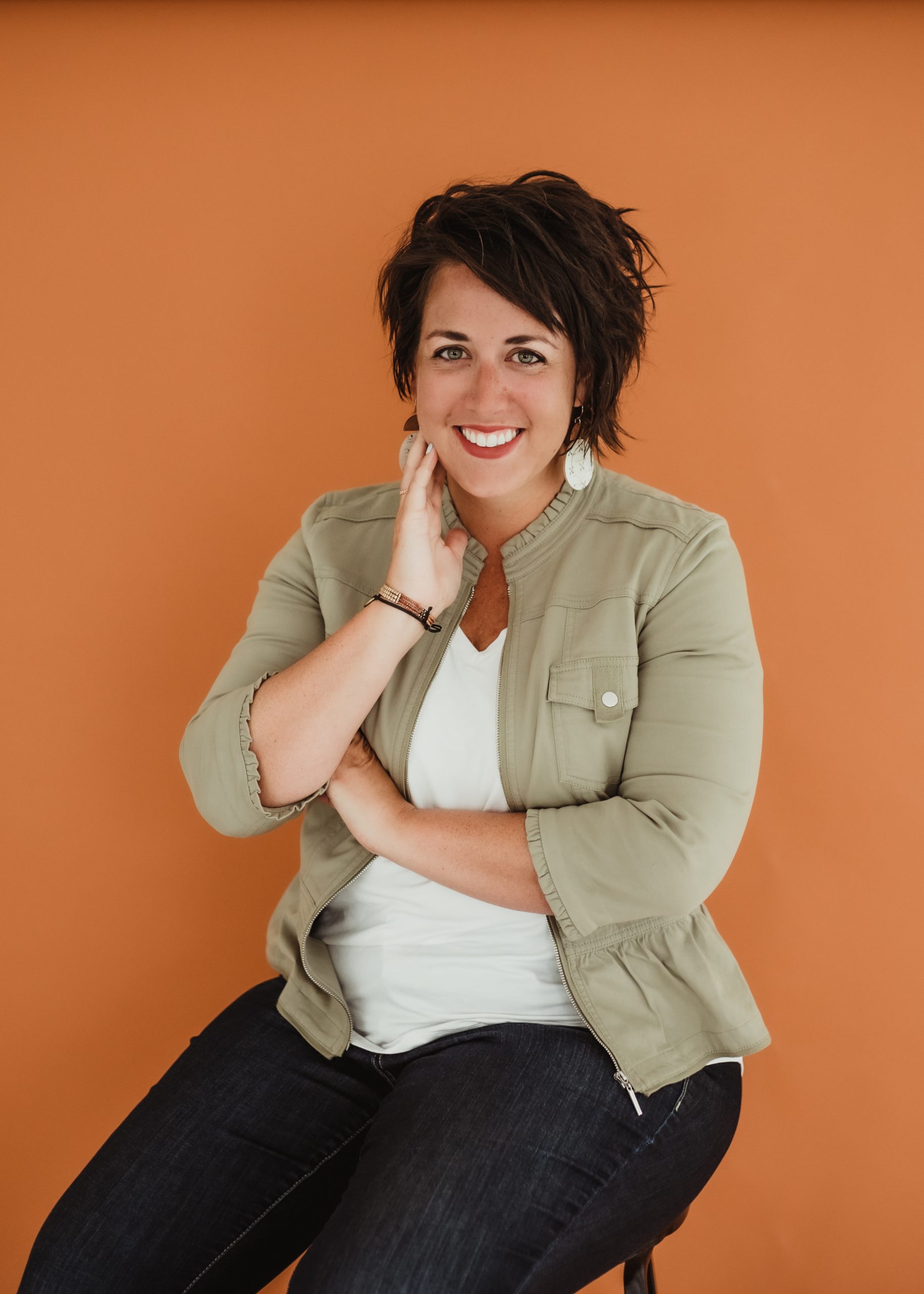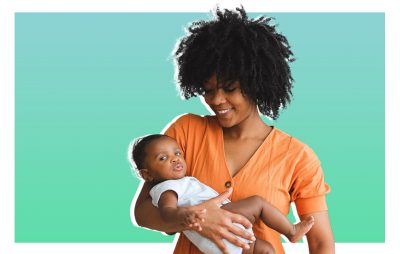Beating Postpartum Insomnia: Our Expert-Backed Tips
- by Alexandra Frost
- Updated: October 17, 2023
Table of Contents
When “sleep when the baby sleeps” doesn’t work — 3 expert backed strategies to getting more ZZZ’s

You’ve bounced. Rocked. Shushed. Fed. Cradled. Changed. Snuck out of the room only to have to start over due to a new round of baby’s crying. And when you finally get a chance to rest, your mind starts racing—is the baby okay? What about SIDS? What if the monitor isn’t working? I didn’t have a chance to do X, or Y, or Z today. You are a new parent, and you are exhausted.
So, when you get advice from a well-meaning aunt or stranger at the grocery store, like “Just sleep when the baby sleeps,” you probably want to pull out your hair and shout—I can’t! That’s because more than half of postpartum moms suffer from postpartum insomnia: They’re exhausted but just can’t fall or stay asleep. This condition is particularly frustrating because your sleep is already so limited to the short stretches a newborn sleeps before waking again to eat.
It’s more likely that you will experience postpartum insomnia than not. One 2019 study shows that of almost 1,000 Ethiopian mothers surveyed, close to 60 percent had sleep issues at the 7-week postpartum mark. That’s the peak of insomnia according to the study, as in the earlier weeks a lower percentage—20 percent of moms—had it. This isn’t much better than the final weeks of pregnancy, when three in four moms reported insomnia.
While it may seem to some that it’s “natural” or “expected” to have sleep issues in postpartum life, there are some serious consequences—in the first three months postpartum, women who can’t sleep have more than triple the risk for postpartum depression, one study showed.
Michelle Smith is a sleep expert for Owlet trained in conducting sleep studies and certified in clinical sleep health. “Once your baby is sleeping through the night doesn’t mean you are sleeping through the night,” she says. “You still haven’t figured out yourself,” she adds, pointing to fluctuating postpartum hormones impacting sleep in particular.
So if you are staring at the ceiling while your baby sleeps soundly nearby, here are some tips from the experts.
Become an Expert Napper
A nap is a nap right? Not really, Smith says. There are actually multiple types of naps that accomplish different things for the body, and some tricks to help new parents battle postpartum insomnia. Each type of nap serves a different purpose—you might feel a nap coming on for a completely different reason than your partner or best friend. The first type is a recovery nap, which is probably what you need right now if you’re an exhausted postpartum parent.
“Essentially it’s what parents do when you can’t sleep through the night, so you take a nap to recover the time you lost because you were up with baby,” Smith says. It’s also an option if you couldn’t sleep even if your baby did.
There are fulfillment naps, which are the types of naps your baby takes to hit their high sleep quotas, and then there are “essential” naps. These are naps that your body needs to recover from a draining event—like, say, childbirth. So whether you are sleeping to physically rebound, or to recover from a difficult night, there are specific guidelines to napping.
Creating Your Nap Schedule
First, recognize that adults sleep in 90-minute cycles, while babies’ cycles are closer to 60 minutes. So to keep track of night and day when it all blurs together, determine a set wake time that aligns with the baby’s, and count back by how many 90-minute cycles you might attempt to get. For example, if your baby wakes at 6 AM, you might determine you want to attempt to go to bed at 9 PM to try to get six 1.5 hour cycles, while the baby would attempt 9 1-hour cycles.
This will also help you determine how much missed sleep you had so you can plan 1-3 naps the next day, Smith says. She recommends people actually attempt to go to bed and get back out of bed at those same times every day, even if they are interrupted in the night.
Here are the napping guidelines our expert recommends:
- Plan to nap for 20 minutes, but lay down for 30 so you have time to fall asleep
- Give yourself time to rest even if you can’t fall asleep—20-30 minutes with your eyes closed can still give you a boost!
- Stop naps after 2 p.m. to avoid interfering with bedtime.
The Antidote to Insomnia— Get Up
A key strategy for improving sleep is using the bed only for real sleep and sex, but training yourself to make that shift can take some effort. Namely, if you are lying wide awake for more than 15 minutes, Smith says, get up and do something else.
“Do some activities until you feel more tired. Not like exercise, but maybe sitting and reading something without a screen, then go back and try again,” she says. “You’re training your body to know, ‘When I go to bed I want to fall asleep,’ so your bed is only for sleeping…it’s something new parents don’t do.”
If you want to lay down but aren’t sleeping, Smith suggests heading to the couch. “If you’re tossing and turning and you start to feel frustrated, you will never go back to sleep. You will just lay there and think about how many minutes you’re missing.” John Hopkins medicine experts second this method—though it can be hard to do it when you’re cozy, try to see it as an “investment” in your sleep health.
Consider Room-Sharing to Align Your Sleep Cycles
Jada Shapiro, a maternal health expert, birth and postpartum doula, and lactation support counselor with boober says that sleeping as close to the baby as you can safely manage, like through sharing a room, will result in your sleep schedules aligning a bit more.
For example, if a baby near you is starting to wake slowly, making some noises but not wailing, you will also move into a state of lighter sleep slowly. This is much nicer and results in less extreme fatigue, Shapiro explains, than waking to a baby screaming in the next room, waking you suddenly from a deep sleep state.
“Parents who sleep next to their newborns, especially birthing parents, are highly attuned to their newborns’ sleep cycles, and even begin to sleep in the same cycles as the baby,” she says. Currently, the American Academy of Pediatrics recommends against bed-sharing because it raises the risks of sleep-related deaths for the baby, but does endorse room-sharing for a variety of benefits.
Let Go of the Belief You Are the Only One Who Can Take Care of Your Baby
It’s going to be downright impossible to sleep if you see yourself as the only capable caregiver, which can feel natural—especially if you are breastfeeding. However, both experts recommend enlisting your “village,” which might contain people you haven’t even considered, to help you grab a nap.
Maybe there’s a teenaged neighbor who could come over and hold your baby while you take a nap for a few bucks. Maybe a friend who you know takes a morning walk would push your baby in the stroller on their typical route while you rest. “Part of it is relaxing and knowing your baby will get what they need,” Smith says. “There’s this belief that you have to be 100 percent present with your baby all the time for them to be okay.”
Nursing parents with a partner who is able to pump a bottle can tag team through the night, alternating with their partner for more sleep, Shapiro says.
Last Word from Sleepopolis
While new parenthood can seem daunting and exhausting, like every country song and postpartum parenting Instagram post repeats ad nauseum—it won’t be like this for long. In the meantime, go easy on yourself and try to integrate a few suggestions above to ease postpartum insomnia, including reaching out to a physician or sleep consultant if you continue to struggle. Shapiro says, finally, let go of other expectations wherever possible— the dishes and laundry can wait. Your sleep cannot.
Subscribe Today!
Get the latest deals, discounts, reviews, and giveaways!



